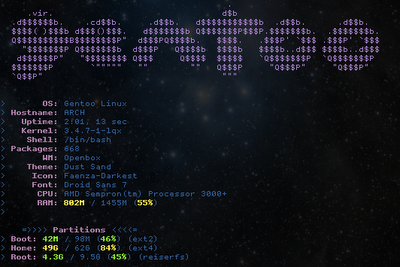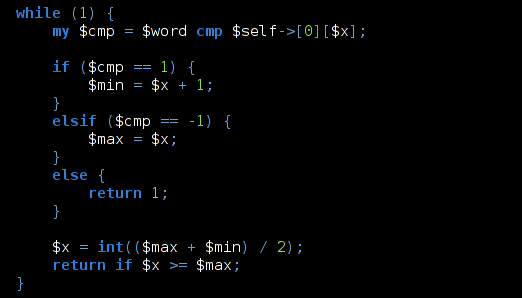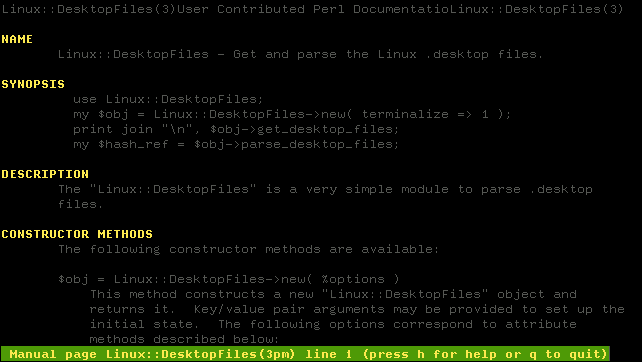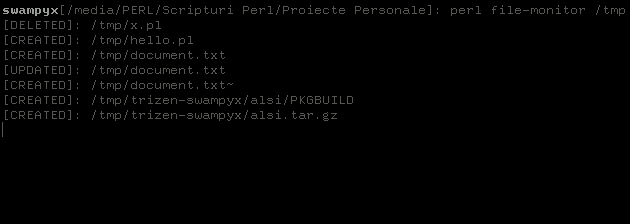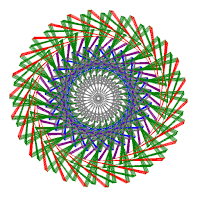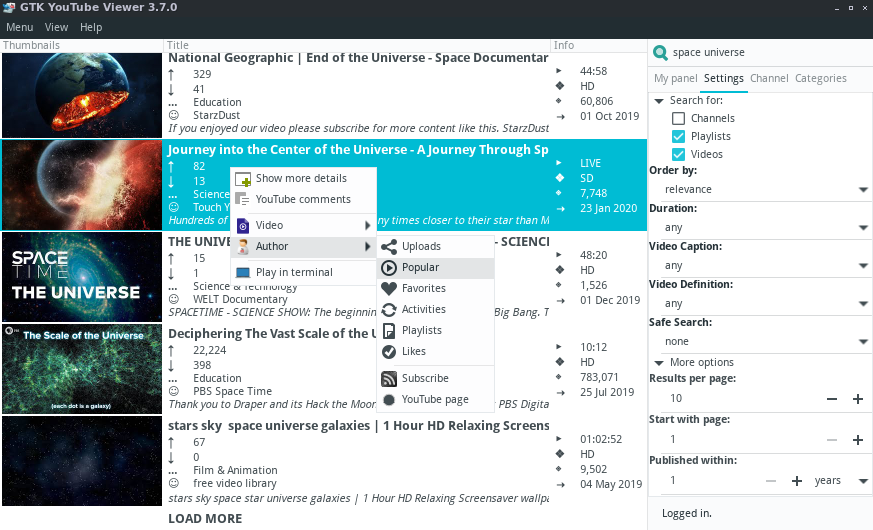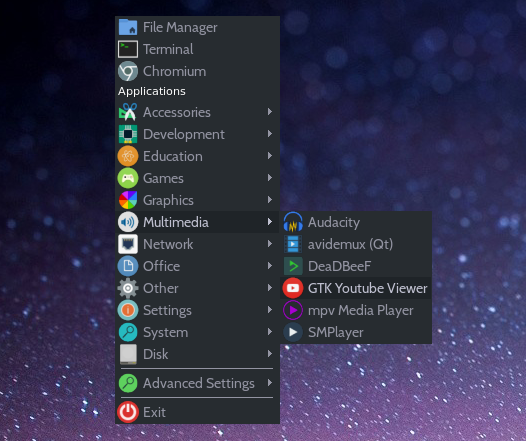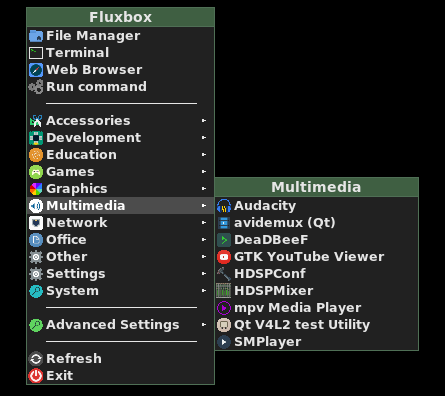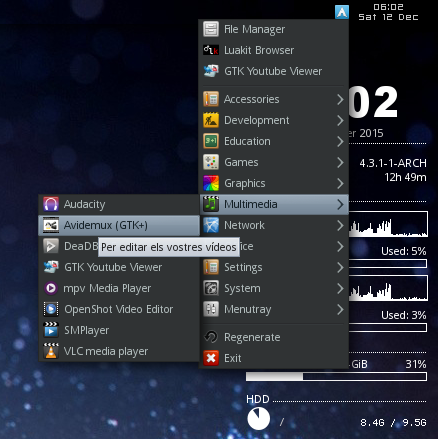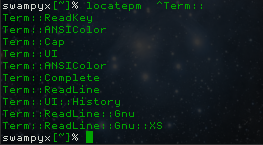obbrowser

obbrowser is a very simple script which displays files and directories in the Openbox menu. It recursively browse the filesystem through openbox3 pipe menus. (related to fbrowse-tray ) The following line needs to be added inside the menu.xml file: <menu id="obbrowser /my/dir" label="Disk" execute="obbrowser"/> Or, if you are using the obmenu-generator , add the following line inside the schema.pl file: {pipe => ['obbrowser /my/dir', 'Disk', 'drive-harddisk']}, The script supports a large variety of icons, thanks to File::MimeInfo module. Github: https://github.com/trizen/obbrowser AUR link: https://aur.archlinux.org/packages/obbrowser/ Simple version, in C++ : https://github.com/trizen/cpp-learning/blob/master/Apps/openbox-pipefs.cpp Simpler version, in Go: https://github.com/trizen/go-learning/blob/master/Apps/openbox-pipefs.go
